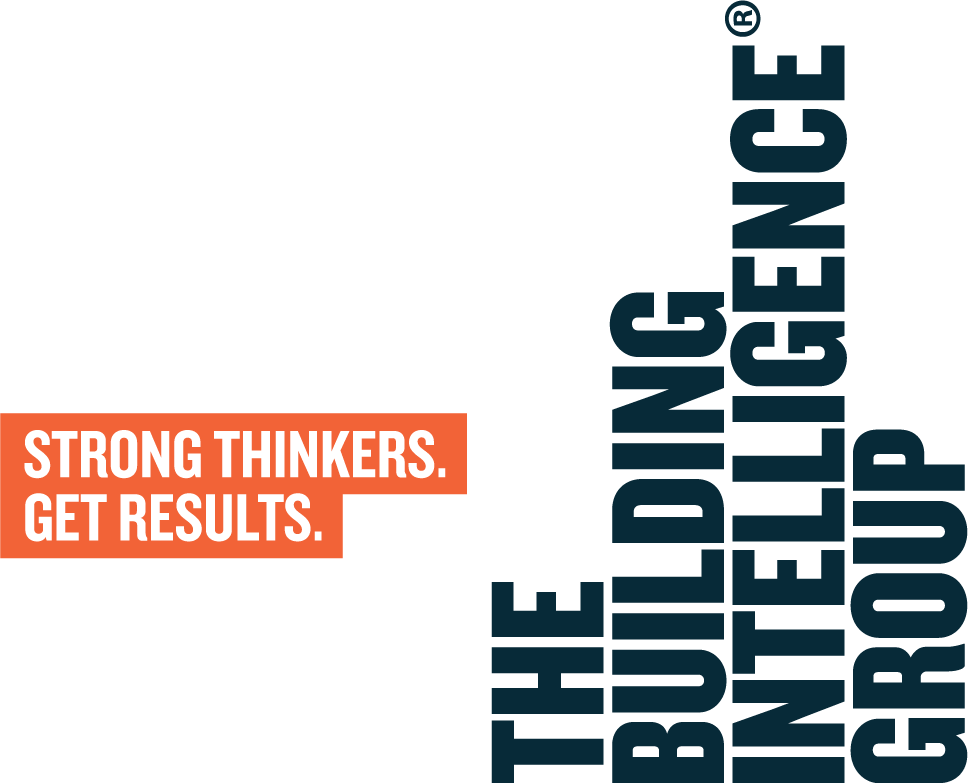The PRD advantage: A roadmap for project success
I am a big believer that project success starts with a shared vision. A great starting point for articulating your vision is in a well written Principal’s Requirements Document (PRD). I have worked with several clients recently to craft PRDs for their developments.
Imagine a construction project where everyone is on the same page from the start. Expectations are clear. Contractors work efficiently without delays or disputes. Quality standards are met, and rework is reduced. The client gets the finished product they envisioned. This is the power of a well-written PRD.
Why is a PRD crucial?
Lessons learnt from the industry tells a familiar story. Experienced developers, with decades’ experience and well-versed in the specifications they want, don’t document the requirements.
Instead, the approach is to refer contractors back to a previous development, built by a different contractor, as the ‘benchmark’ for the required level of finish for a new project. But the standard of the previous project doesn’t match either the tender documentation or what was agreed within the awarded new contract. Inevitably, ambiguity leads to disagreement, delays and disputes.
Like Ben Franklin said, “If you fail to plan, you plan to fail.” By investing in a well-written PRD, a developer can reap benefits for all project stakeholders. A PRD can build certainty into a construction project and deliver the planned outcome.
A PRD -
Sets clear expectations, minimising misunderstandings and disagreements or disputes with contractors.
Acts as a shared reference point, fostering better communication and collaboration between project stakeholders.
Gives better quality control, meeting quality standards while minimising rework and delays.
Increases efficiency, contractors have a clear understanding of requirements and can plan and execute work more efficiently, reducing costs and delays.
Where can a PRD be valuable?
Whether you're a seasoned developer or embarking on your first build, a PRD can benefit any project regardless of your chosen procurement method.
Construct only contract – a PRD provides a detailed design brief for your design team to complete a detailed design and issue construction documents.
ECI agreement – a PRD sets clear expectations and deliverables from the outset.
Design and Build contract – a PRD ensures your construction partner understands your vision and objectives, giving you the confidence when engaging a construction partner.
Investing in a PRD is an investment in success. By clearly defining your needs and expectations upfront, you can avoid costly surprises and ensure everyone is working towards the same goal. You can achieve a successful construction project that not only meets your expectations but realises your vision.
What is a PRD?
Think of a PRD as a roadmap for your project. It articulates the ‘what, how, and why’ of your vision so that every stakeholder can understand the project’s goals and expectations.
Key elements can include:
An overview of the purpose, location, size, and any limitations of your project.
A clear scope outlining tasks and deliverables, leaving no room for ambiguity.
Expectations of quality, referencing industry best practices, building codes, product specifications, local authority approvals or your own internal standards and finishing specifications.
Details of all end user requirements upon completion.
A high-level budget and how cost will be allocated.
A development schedule with timelines, key milestones, and deadlines including the requirements of any staged handover.
Ready to unlock the power of PRDs?
Engage early with your project leadership team to develop your PRD.
Collaborate and involve your design team or construction partner in refining your PRD.
Regularly review and update your PRD as the project progresses.
Share your PRD with all key stakeholders to ensure transparency and alignment.
Incorporate lessons learned into your next PRD for continual improvement.
Consider incorporating a project charter to articulate shared values for added project success.
How can I help?
Engage early with TBIG to get your project out of the blocks. We’ll develop a powerful PRD with you and we can apply additional firepower from our specialist Strategic Advisory, Engineer to Contract, Project Controls and Programme Management teams throughout the project lifecycle. Get in touch below to find out more.
Tē toia, tē haumatia - Nothing can be achieved without a plan, a workforce and a way of doing things.
Jamie Summers
Project Director / Auckland
Jamie Summers is a Project Director with The Building Intelligence Group in Auckland.
You can get in touch with Jamie at j.summers@tbig.co.nz and find him on LinkedIn here Jamie Summers.



